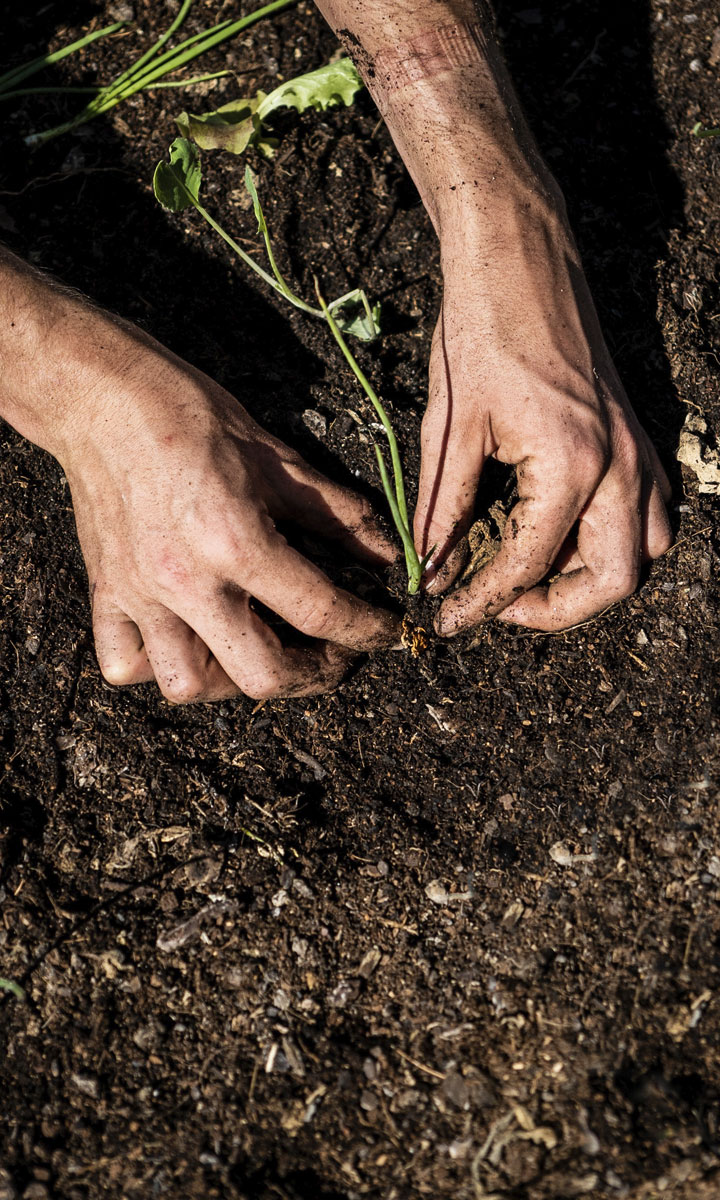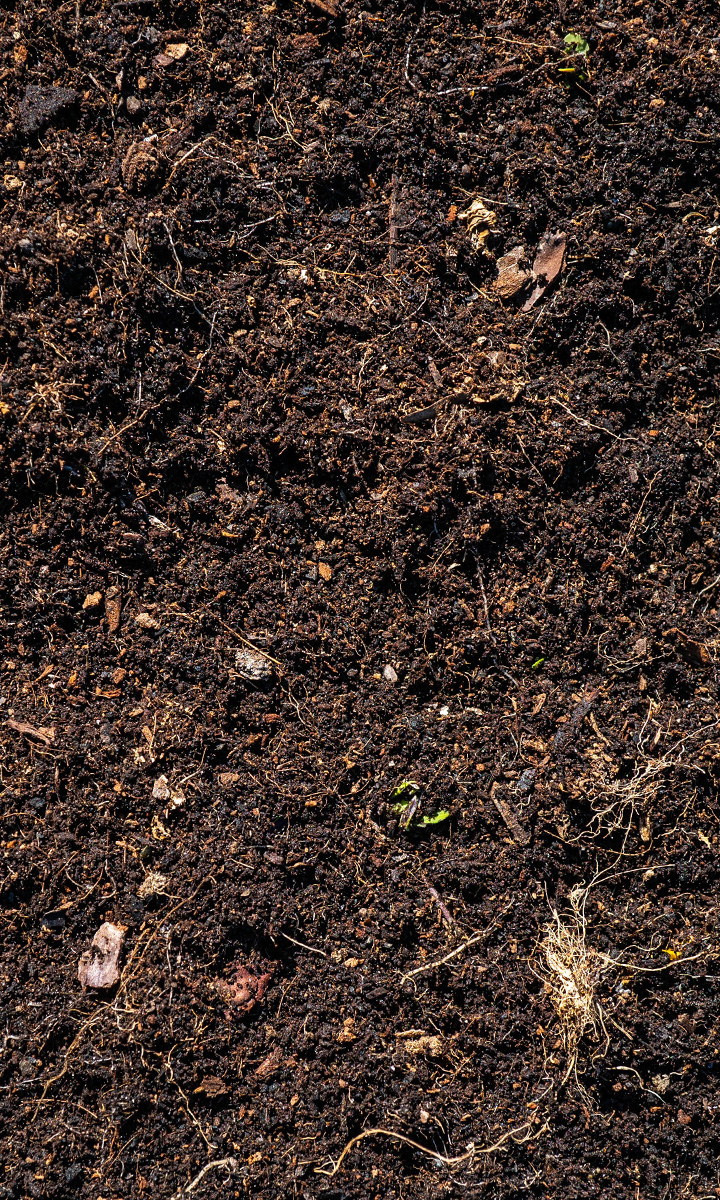Urban heat islands. Hot spots but not paradises.

Henrique Dias
The buildings we live in are made of concrete, as are our schools and hospitals. Concrete roads take us everywhere. The invention of concrete was revolutionary because it built cities and united the world. But it also has a darker side: its use has led to several problems that jeopardize the health of the planet and the population. So what is an urban heat island?
An urban heat island refers to the increasing temperature in urban areas. There are two main causes for the temperature hike. The first is the heat build-up caused by urban building materials. Picture yourself walking barefoot on a road in the sun. You’ll quickly feel it burning your feet, right? This phenomenon occurs because concrete readily absorbs and retains heat. Now imagine that heat on an immensely larger scale. It is estimated that 70% of the world’s population currently lives in buildings made entirely or partially of concrete.
The second factor involves the way we move: the heat emanating from vehicle engines also increases the heat in cities. According to the U.S. Environmental Protection Agency, the combination of these two factors can raise city temperatures by more than five degrees.
Every year, during the summer, we are warned about soaring temperatures. In Paris, heat waves led to the creation of contingency plans. In August 2020, for example, with highs reaching 31 degrees in the city, the government in the French capital, police and public health authorities activated level 3 of this contingency plan. It included several measures, from raising awareness in health establishments — especially those for the elderly and disabled — to running 14 public baths and sanitary facilities and 1,200 drinking fountains across the city.
Urban heat islands hurt the planet and our health.
As we suffocate in these urban heat islands, we often avoid leaving our homes when the temperatures are the highest during the summer. But this rise in temperature isn’t just unpleasant. It kills. In the United States, for example, heat waves take more lives than tornadoes, hurricanes, lightning, and earthquakes combined. In 2020, in Brazil, the National Institute of Meteorology issued a warning against “risk of death from hyperthermia” due to the soaring temperatures in the central-western region of Tocantis.
In Portugal, the same warnings are issued every year: the heat puts the lives of the elderly at risk. And the situation isn’t likely to get any better: researchers at the Clime Impact Lab announced that the past six years have been the hottest in history, and predict that by the end of the century, heat mortality will reach 73 deaths per 100,000 people — almost the same number of lives currently lost to infectious diseases.
The massive use of concrete creates an additional environmental problem, and a sizable one. If the concrete industry were a country, it would be the third largest emitter of carbon dioxide in the world, after China and the United States. Concrete production represents 5-10% of total emissions worldwide, making it the third largest source of global warming, after coal plants and combustion engine vehicles. And that’s not all: since concrete is a sand-based material, in order to be able to meet the voluminous needs of this industry, thousands of millions of tonnes of sand are removed from their ecosystems — riverbeds, the bottom of the lakes, or beaches. The result is the death of the fauna inhabiting these places, and often, the collapse of the riverbanks.
The world needs more earth.
Cement is the second-most used substance in the world after water. We depend on it heavily and show no signs of slowing down. Indeed, the number of people living in cities is increasing by nearly 78 million each year, according to the United Nations Population Division, which, according to Time magazine, is equivalent to adding the city of New York to the planet nine times every single year. And because concrete is not indestructible, buildings made of this material have an expiration date. Worldwide, up to 100 billion tonnes of poorly manufactured concrete structures may need to be replaced in the coming decades, at a collective cost of trillions of dollars.
The use of concrete in construction is not going away — it’s too useful. But we must consider more sustainable alternatives which do not endanger the life of the planet and its population, and which counteract urban heat islands, thus fighting the effects of the massive use of synthetic materials, which are especially harsh in cities where the climate is already very humid. How can it be done? Here are a few solutions — and a caveat. All cities are different and have specific geographic and urban characteristics that mean there is no magic formula to decrease heat in all cities. We have to work on a case-by-case basis, combining several solutions, while remembering that some options are only beneficial in certain places, and that overusing them could have less than positive effects.
- More trees. One of the simplest solutions to reduce temperatures in urban heat islands is to create more shaded areas provided by trees. This measure was used in Melbourne, Australia, which suffers heavily from heat. The Melbourne project aims to increase the number of trees from 22% to 44% by 2040, which means planting around 3,000 new trees each year. But this solution isn’t quite broad enough — it isn’t possible to plant trees in the middle of roads or on private property. Plus, the massive planting of trees in urban areas could cause safety problems, e.g., reduced visibility, fire risk or heavy water consumption.
- Alternate materials for the construction of pavement. This is where green pavements come in: they are a less porous earth surface that water can penetrate, which in turn allows grass to grow, reducing the heat absorbed by the road. This isn’t a viable solution for a highway, but it can be an alternative for less busy streets.
- Green roofs and walls. The idea of green roads can be applied to other heat accumulating surfaces, such as walls, roofs and building terraces — where it is easy to incorporate a vegetable patch. Not only do they absorb significantly less heat, they also beautify our cities. Picture it: roofs and walls covered with vegetation. This is already the case in Sydney, where nearly 100 buildings have green roofs and facades. The benefits are two-fold: city heat is reduced, and the temperatures inside the buildings also drop, cutting the need for air conditioning. There can, however, be a downside in some parts of the world where high humidity levels increase even further.
- The color of the road. Do you ever strategically wear lighter-coloured clothes in summer so as not to absorb the sun’s heat? The same goes for pavement: the darker it is, the more it stores heat, whereas lighter pavement reflects it.
- Our habits. This option can be applied in any part of the world. Our habits can emanate heat and greatly contribute to urban heat islands, for example excessive car use or the use of refrigeration systems.



















